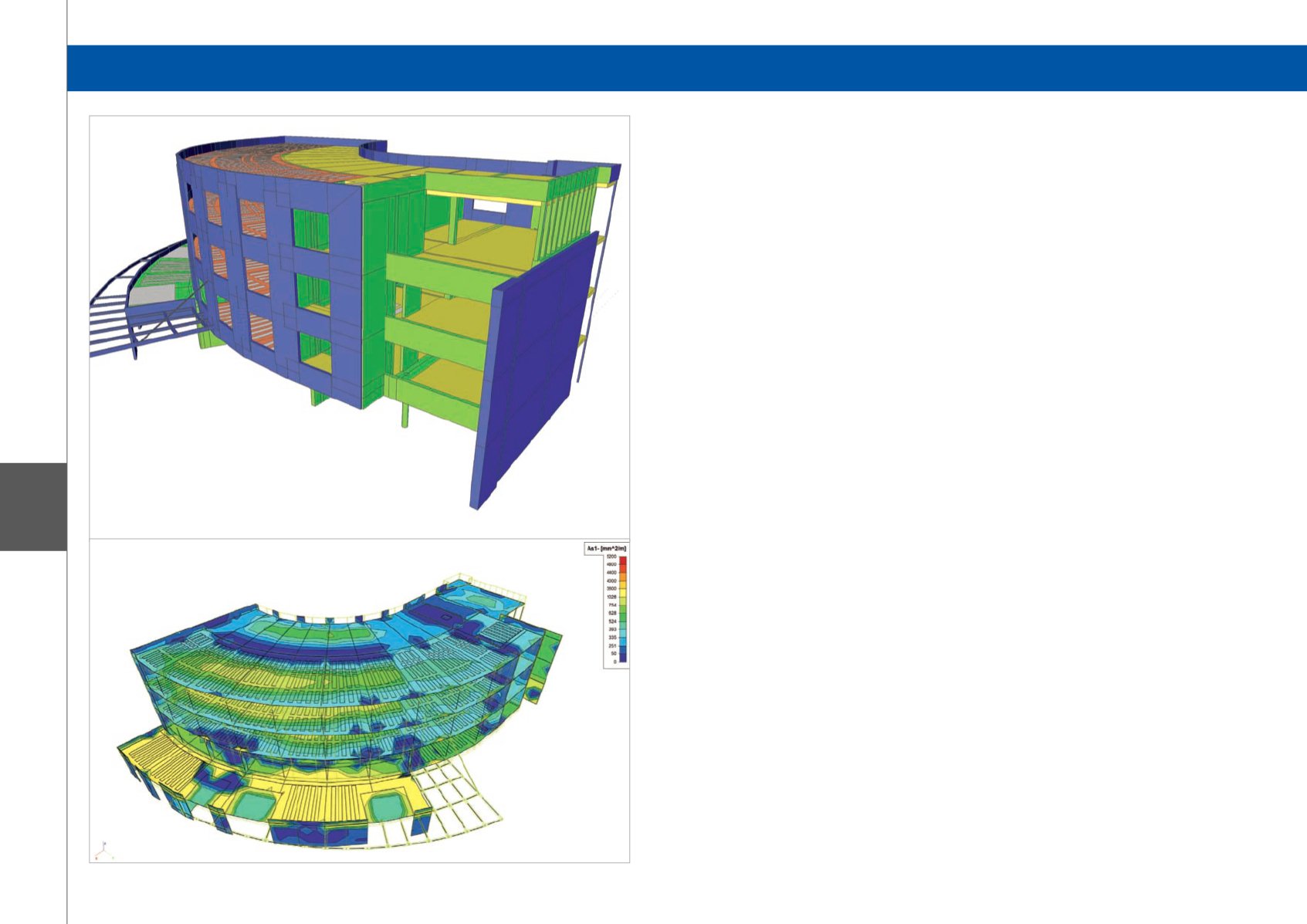
94
X1
Category 1: Buildings
Project description
In 2001, the S. Heart Hospital of Roeselare and the GH
Menen merged into the S. Heart Hospital Roeselare-
Menen. The management immediately decided to
reassemble the dispersed locations of the GH Menen on
one campus. The existing hospital part to be replaced
consists of connected buildings with different architectural
styles and floor levels. Furthermore, the present
infrastructure is outdated and is not adapted to the
demands placed on a contemporary hospital.
VK will provide the building complex with an extension,
with, among other things, a radiology department, a
medical imaging unit, an emergency admissions centre,
intensive care facilities, an operating room, nursing
units and a day hospital. Moreover, the extension will
combine all components in a smooth way. Through
internal shifting of services, it was also possible to plan
the reconditioning of certain areas. The final hospital
will contain 175 hospital beds and 25 day hospital beds.
The modernisation and expansion of the hospital will be
carried out while the hospital operations continue. A very
advanced phasing of the work will be necessary in order
to achieve this renewed 14,500 sqm hospital. A number of
existing units have already been addressed in preparatory
projects. The delivery room, for example, had to make
way for an interim emergency admissions unit, and was
moved to a new wing. An additional operating room had
to accommodate the increased activity. The Kloosterpand,
a part of the monastery that centuries ago laid the
foundation for the current hospital, will become a new
wing with rehabilitation, haemodialysis, and administration
departments and a pharmacy.
Architectural challenges
The basic idea for the different floor levels draws on
flexibility as the most important requirement; therefore
each floor was designed as an open space of 12.6 m
with only one row of columns in the middle and load-
bearing outer walls. In addition there are two transfer
levels in order to create the necessary space for the
operational cooperation of the hospital with, for instance,
the reception area, the emergency unit and the intensive
care unit on the ground floor and operating rooms and
medical-technical areas in the basement.
Structural challenges
Due to the arc-shaped ground plan and the limited
structural height (40 cm for the slabs; beams included),
several traditional precast floor systems were not an
option. In addition, specific demands were set in the
form of big spans up to 8.2 m as well as the need for
future flexibility (change of functions) of the floor system.
As a result, the choice was for predalle flooring with
weight-saving elements and a cast-in-place compression
layer. Thanks to the incorporation of the light-weight
elements, the loads on the transfer levels were limited.
The load-bearing façade above the ground floor is
captured by a concrete slab spanning 7.75 m; for this
slab a higher concrete quality for the compression layer
was applied (C40/50). The façade spans the reception
area over 13 m and simultaneously cantilevers of 2 m to
3.75 m. Therefore the façade was designed as a concrete
arc-shaped ‘vierendeel’ beam. The cantilever stiffener
walls were taken into account in the model to take up the
restraining and torsional loads. Some of the stability walls
are not centrically positioned onto the supporting columns
for the sake of the integration of building services and
architectural aims. In this case there are no equilibrium
beams, but punching reinforcement was applied.
Modelling and calculation challenges
The 3D model was schematically prepared by the
engineer with the intention to create a model as flexible
as possible. This scheme was translated by the cad-
operator into an analytical Scia Engineer model. The
model is easily adaptable for the simple optimisation of
the structure and can be divided into several smaller parts
for more detailed calculations. Above this, one can create
several load take-down models of the transfer levels, of
the foundation and for the evaluation of the prefabrication
of structural concrete elements.
Scia Engineer made it possible to analyse the global
3D action of loads as well as to analyse the influence
of the deformations of the lower structure onto the
deformation of the upper structure. On-site performed
measurements of the deflections have confirmed
the correctness of the model (2 à 3 mm deflection of
the façade after finalising the concrete structure is in
accordance with the calculated values).
Software: Scia Engineer
Sacred Heart Hospital - Menen, Belgium


